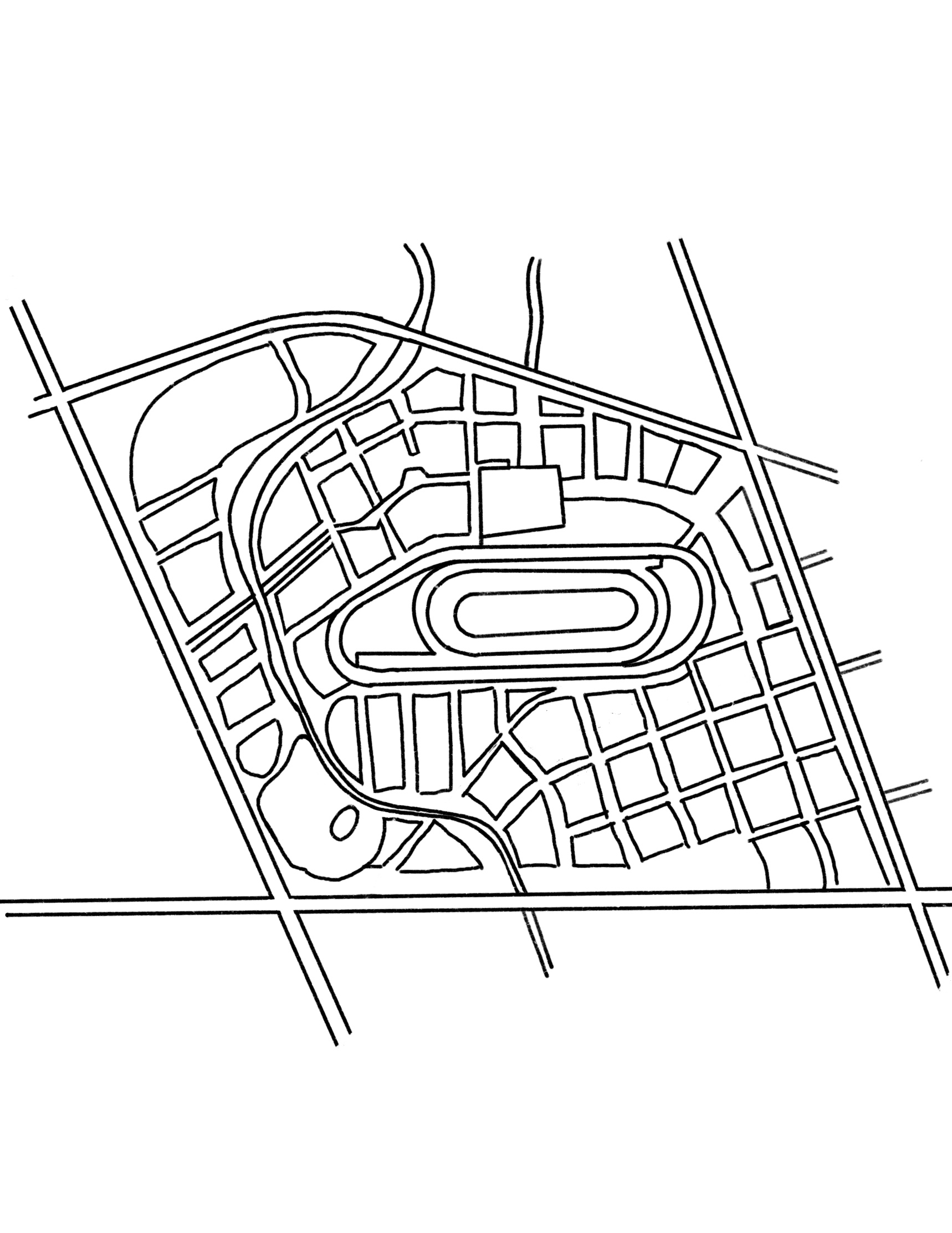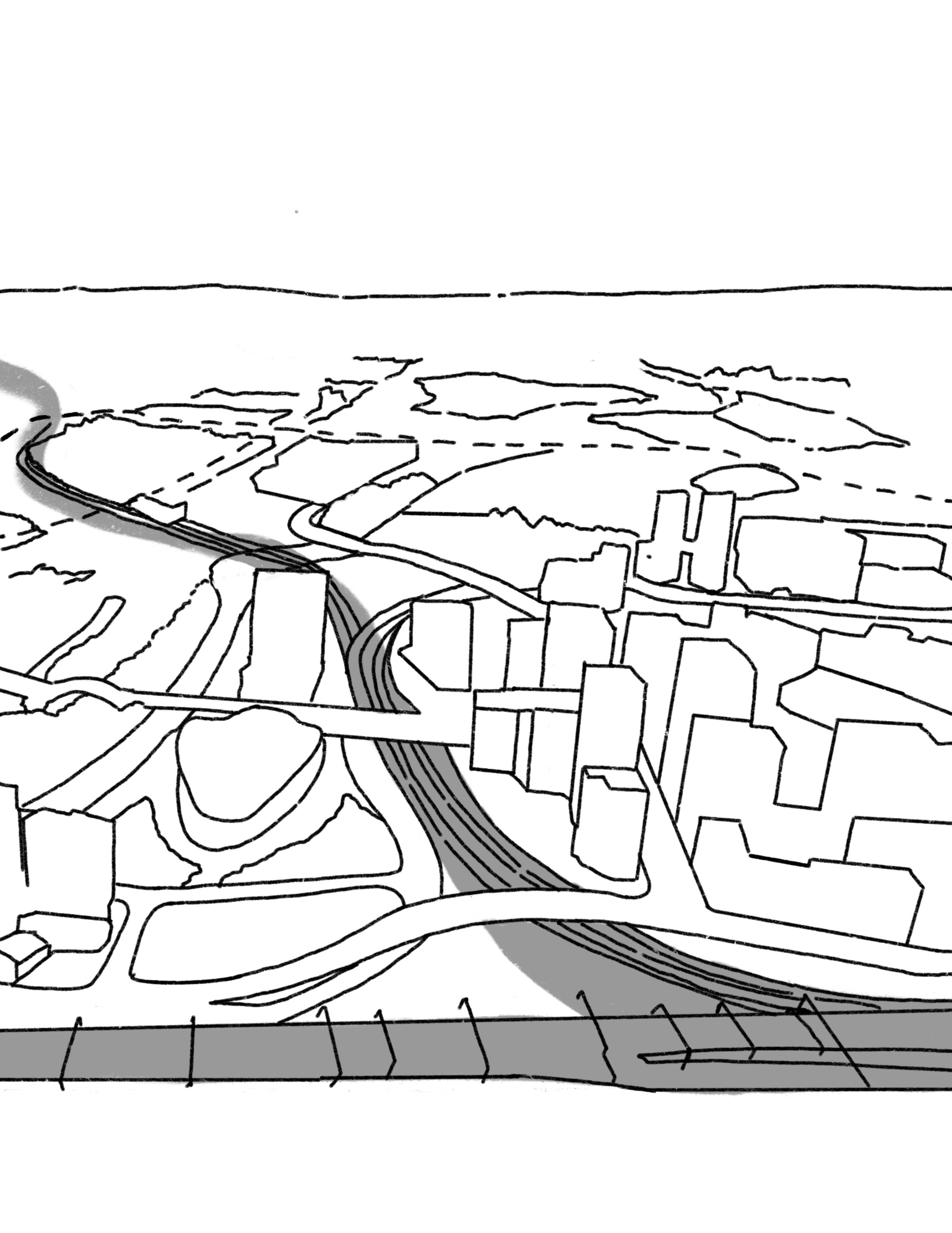Strategy
Mitigation
Repurpose Urban Land
The conversion of undeveloped areas to more intensive land uses results in large amounts of GHG emissions. Reusing urban land and leveraging it’s connections to existing infrastructure for new development can dramatically decrease a project’s overall carbon footprint. Urban infill projects and adaptive reuse of existing structures and sites are prime examples of this approach.
Design only on previously developed land to minimize infrastructure build out.
Options
Case Study
In order to meet the rising demand for jobs and housing in Toronto, Woodbine Racetrack, a 1956 horse racing site, has been reimagined as a transit-oriented mixed-use development by master planners SWA Group. The 684-acre site integrates new uses for 60,000 new residents and a new public transit station without the need for carbon-intensive greenfield development and new infrastructure build out. The site is the single largest contiguously owned parcel of development land remaining in the City of Toronto.

Reuse previously undevelopable urban land to minimize infrastructure build out.
Options
Case Study
EDAW led a consortium of firms to complete the London Olympic Park Master Plan, siting the 2012 Summer Games and planning its afterlife. The land selected, in a Victorian industrial area in east London centered around the Lower Lea Valley, was previously undevelopable due to severe soil and groundwater contamination. The brownfield site had been used by the chemical and fertilizer industries as well as for landfills and warehouses. The project involved the remediation of over 500 acres of land, already tied into various passenger rail lines via two stations on either side of the site.
